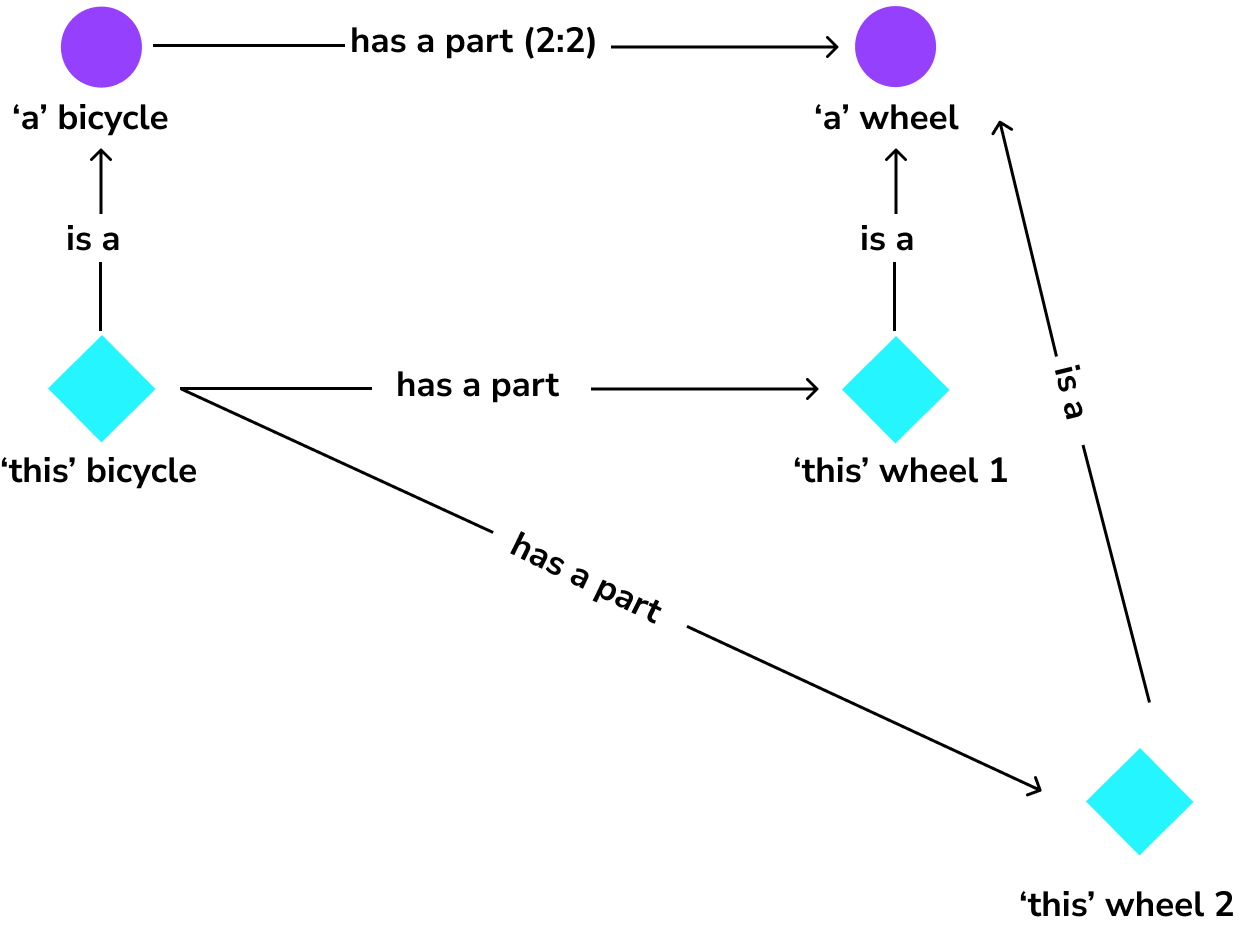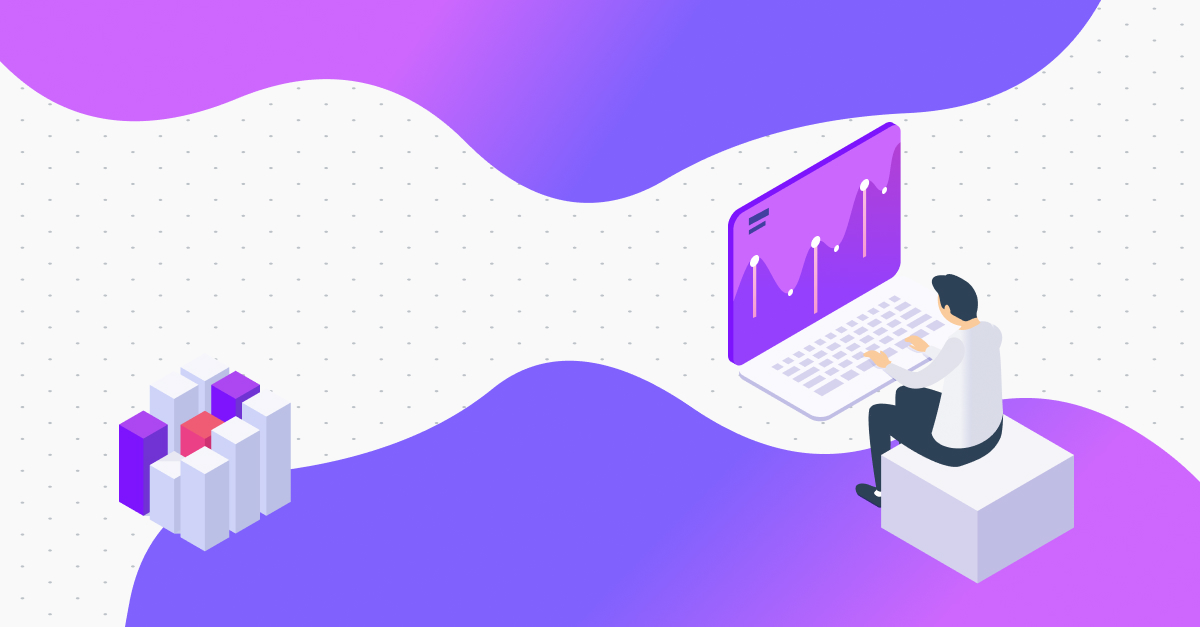What is an OTL [OTL and RDL explained]
- Insight
Certainly, you’re probably wondering what exactly OTL stands for. If you Google it, you’d be met with puzzling results like ‘Out-To-Lunch’ or ‘One-True-Love,’ but that’s not what OTL means. The Dutch Road Authorities coined the term OTL, which stands for Object Type Library or Objecttypenbibliotheek in Dutch. However, the concept behind it is far from new; it just goes by a different name.
Origin of the OTL
This concept of OTL is a copy from the process industry, previously known as a Reference Data Library or RDL for short. An OTL or RDL contains information about ‘types of objects,’ like families of physical assets and their characteristics, such as ‘dimensions’ and ‘color’, attributes like ‘installation dates’ and ‘warranty period’, and relations with other concepts like ‘supplier’ or ‘location’. By assigning these concepts a standardized meaning, a common language for sharing information within a specific ecosystem emerges.
For instance, asset owners, like infrastructure and grid operators or plant and factory operators, must maintain their assets after hand-over by a contractor who built them. To facilitate this, maintenance software and its underlying databases must equip information about these assets as-built. As such, the asset owners need to require the contractor to hand over the asset’s information for its own use.
Using an OTL
To streamline this handover process and enable software to interpret the information consistently, agreements with contractors incorporate Information Delivery Specifications (IDS) or Data Exchange Specifications (DEXs). The IDS references the OTL or RDL, informing the contractor that they must provide certain information in a specific format for each asset they’ve built. In short, an OTL is the same as an RDL, used as a common language to facilitate the smooth exchange of information within the supply chain.

But it’s important to note that there are many different sorts of Object Type Libraries or Reference Data Libraries. That has to do with the purpose of an OTL or RDL and the ambition of the users to which extent they want to automate their information exchange.
Level of Understanding
To simplify matters, when people need to have a common understanding of their natural language, they create a vocabulary that they describe in a dictionary. However, when it comes to communication of software, we require logical definitions that every computer can process. We call the latter a formal language, and it has a far greater impact on software. If we adopt a formal language, software using the OTL or RDL must have the ability to reason and infer information independently, such as determining permissible values and quantities.

Purpose of its Meaning
Apart from the level of automation, an OTL or RDL is not always used for the same sort of data or the same processes within a supply chain. Often, we also use the terms to describe just the shape in which we hand over data for automated processing between applications within an organization or team, as seen in certain CAD software and Geographical Information Systems (GIS). It’s important to keep in mind that there is no universal OTL or RDL. We always have to tailor any OTL or RDL to its intended purpose.
If you’re eager to delve deeper into the world of OTLs and RDLs, consider exploring the ISO TC184/SC 4 community (https://www.iso.org/committee/54158.html) or schedule a 45-minute demo with one of our OTL experts.
Interoperability is Gaining Traction as Data Sharing Evolves
In basic terms, interoperability is the ability of computer systems to work together. This means that they can connect to each other, understand each other, and seamlessly communicate and exchange information. This creates the conditions for effective data sharing between systems. However, to do this, it is crucial to ensure that all the systems and […]
ReadLaces Hub, The GitHub For Linked Data: What Is It And How Can It Benefit You?
In the early 1990s, the internet was on its way to becoming the go-to medium for exchanging knowledge and communicating. However, early internet users encountered a significant problem. To access and explore a website, they needed to know its URL address. Yahoo solved this challenge by developing the first search engine capable of searching the […]
ReadAvoiding Pitfalls for an Object Type Library (OTL)
An Object Type Library (OTL) is a standardized framework that improves communication between different parties and their software systems, making data exchange easier. While there are many benefits, you need to model an OTL correctly to use them for their intended purpose. This requires the right people, tools, and resources. This article discusses pitfalls that […]
Read


